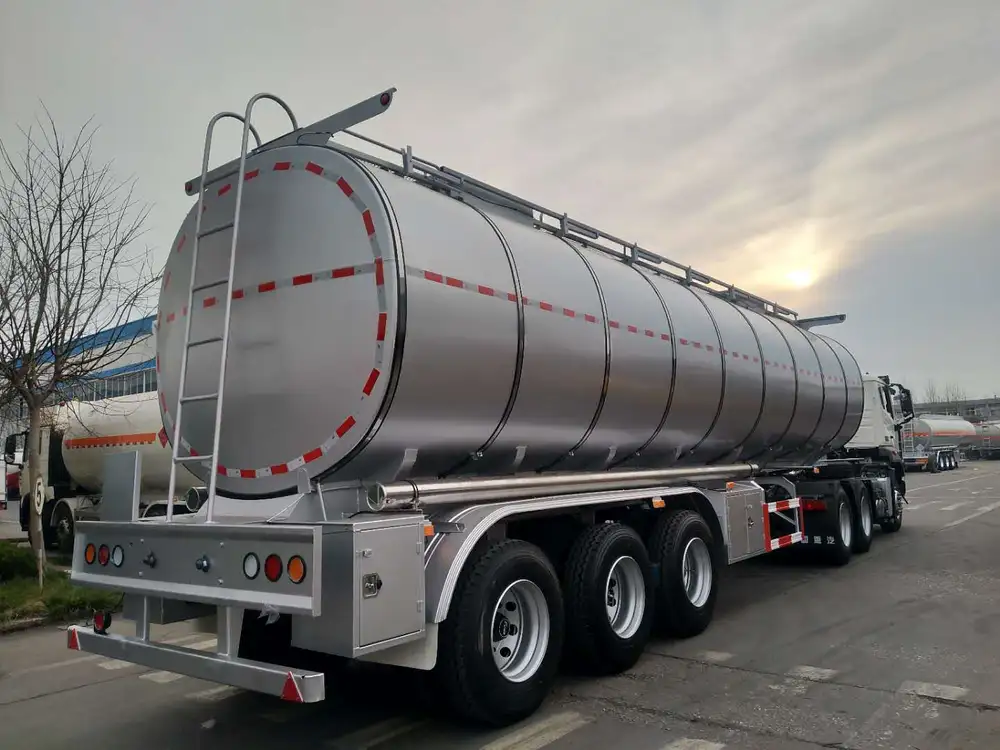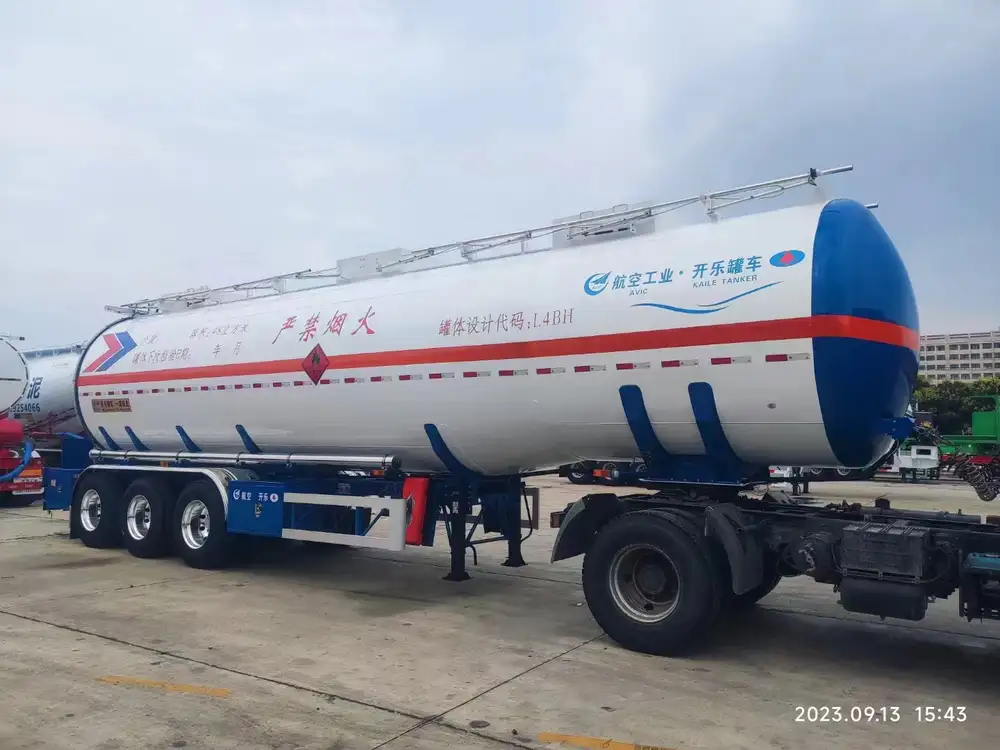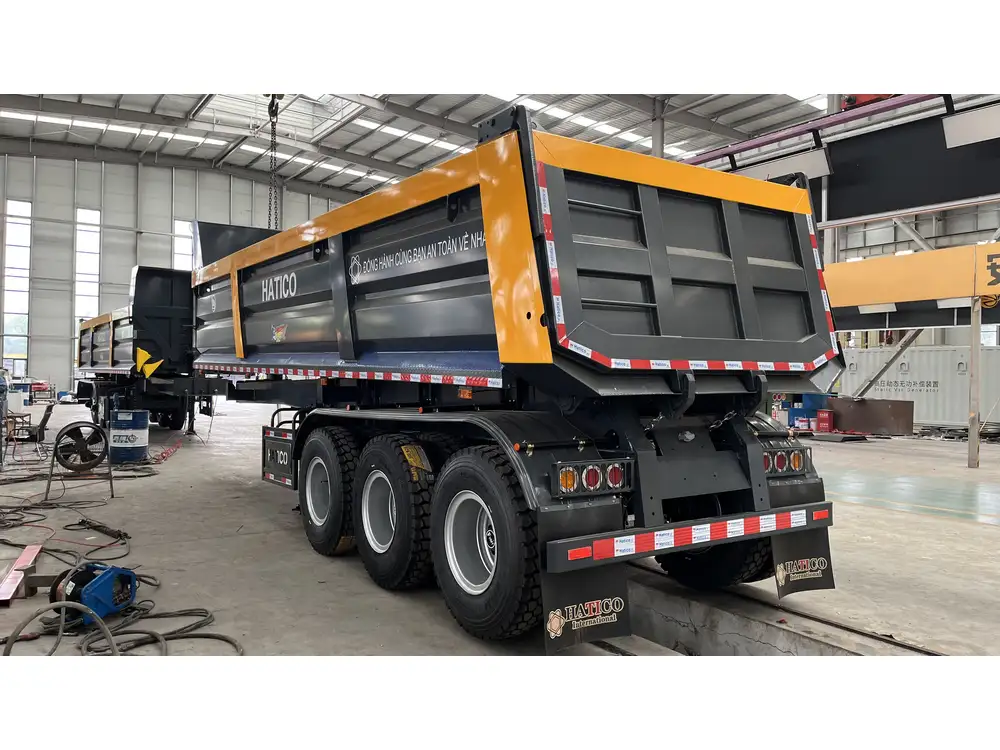Flushing the black tank of your travel trailer is a task that can elicit a mix of dread and necessity among RV owners. It’s an essential maintenance duty that not only preserves the integrity of your vehicle but also ensures a pleasant experience during your travels. In this comprehensive guide, we delve deep into the process, providing you with step-by-step instructions, tips, and the necessary tools to accomplish this task effectively.
Understanding Your Travel Trailer’s Waste System
Before diving into the ‘how-to’ aspects of flushing your black tank, it’s essential to understand the components of your travel trailer’s waste management system.
Components of the Black Tank System
- Black Tank: This is where the waste from the toilet collects. The size of this tank varies depending on the model of your trailer.
- Sewer Hose: A heavy-duty hose designed to connect your trailer’s waste outlet to the waste disposal site or tank.
- Shut-off Valves: These are used to control the flow from the tank and secure the connections between the trailer and sewer hose.
- Flush Valve (if equipped): Some travel trailers come with a built-in flushing system that helps clean the tank.

Preparing to Flush the Black Tank
Preparation is crucial to ensure a smooth flushing operation. Here’s what you need to do:
Required Tools and Materials
- Sewer Hose: Ensure you have a good quality, heavy-duty sewer hose.
- Tank Flush Wand (optional): An attachment that can help clean the tank more thoroughly.
- Rubber Gloves: For hygienic purposes while handling waste.
- Protective Eyewear: To safeguard against splashes during the process.
- Water Source: A nearby freshwater source to fill the tank.
- Cleaning Supplies: RV-approved tank treatments and deodorizing agents.
Safety Precautions
- Choose a Proper Location: Find a designated dumping area or RV park that offers sewage disposal services.
- Set Up a Work Area: Lay a tarp down to keep the ground clean and facilitate easy cleaning post-task.

Step-by-Step Guide to Flushing Your Travel Trailer Black Tank
1. Empty the Black Tank
Before flushing, ensure your black tank is empty.
- Locate the Discharge Valve: This is typically found at the terminal end of the black tank.
- Attach the Sewer Hose: Hook up the sewer hose securely, ensuring it’s tightly fastened to both the trailer’s outlet and the sewage disposal site.
- Open the Valve: Carefully open the discharge valve, and allow the contents to flow out into the sewage system until the tank is completely empty.
2. Rinse the Black Tank
Rinsing is vital to eliminate residual waste and odors.
- Fill the Tank with Fresh Water: Close the valve temporarily and fill the tank with clean water using a hose or an optional flush wand.
- Use a Tank Wand: If available, insert the tank flush wand into the tank. Turn on the flush wand to spray water inside and break up any remaining waste material.

3. Additional Dumping
After rinsing, it’s prudent to dump the tank again.
- Open the Valve: Repeat the process of opening the discharge valve to let the rinse water and any dislodged waste exit the tank.
- Monitor the Flow: Observe how the water flows; a clear flow indicates the tank is adequately cleaned.
4. Disposing of the Waste Properly
After flushing, carefully disconnect the sewer hose.
- Seal the Hose: As you detach it, ensure any residual waste is contained.
- Rinse the Hose: Use a fresh water source to rinse the sewer hose thoroughly before storing it.
5. Preventing Future Problems
To make your future tank maintenance simpler, consider implementing these practices:
- Regular Flushing: Flush your tank regularly, ideally after each trip, to prevent buildup.
- Use RV Tank Treatments: These products work to break down waste materials and eliminate odors.
- Monitor Levels: Keep an eye on the tank levels, especially during long trips, to avoid overflow issues.

Common Problems and Solutions
While flushing your black tank, you might encounter some common problems. Here’s how to address them:
Clogged Black Tank
Symptoms: Difficulty in emptying the tank or sluggish drainage.
Solution: Try using a tank wand to dislodge the blockage. If the problem persists, consider using a tank cleaning solution which can effectively break up hard clogs.
Foul Odors
Symptoms: Unpleasant smells emanating from your RV.
Solution: Using a reputable RV tank treatment regularly can help mask and manage odors. Furthermore, ensure your vent pipes are clear to promote proper airflow.

Leaks
Symptoms: Evidence of leaks around the tank or hoses.
Solution: Inspect connections and seals. Tighten any loose fittings and replace any cracked or damaged hoses immediately.
Expert Tips for Optimal Maintenance
To ensure you’re providing the best care for your travel trailer’s black tank, consider these expert tips:
- Invest in Quality Equipment: High-quality sewer hoses and tank treatments can save you headaches and money in the long run.
- Remain Consistent with Maintenance: Routine checks and cleaning can prevent clogs and unpleasant odors.
- Educate Fellow Travelers: Share best practices with your fellow RV enthusiasts to promote proper flushing techniques and waste management.
- Use Proper Disposal Sites: Only dispose of sewage in approved and safe areas to protect the environment.
Conclusion
Flushing the black tank of your travel trailer might seem daunting at first, but with the right approach, tools, and practices, it can become a routine maintenance task that you can handle with confidence. By understanding the components of your RV’s waste system, preparing adequately, and following the detailed steps outlined in this guide, you can ensure a clean and odor-free travel experience. Regular maintenance will not only extend the life of your sewage system but will also enhance your overall RVing enjoyment—allowing you to focus on the journey ahead rather than worrying about the essentials behind you.



